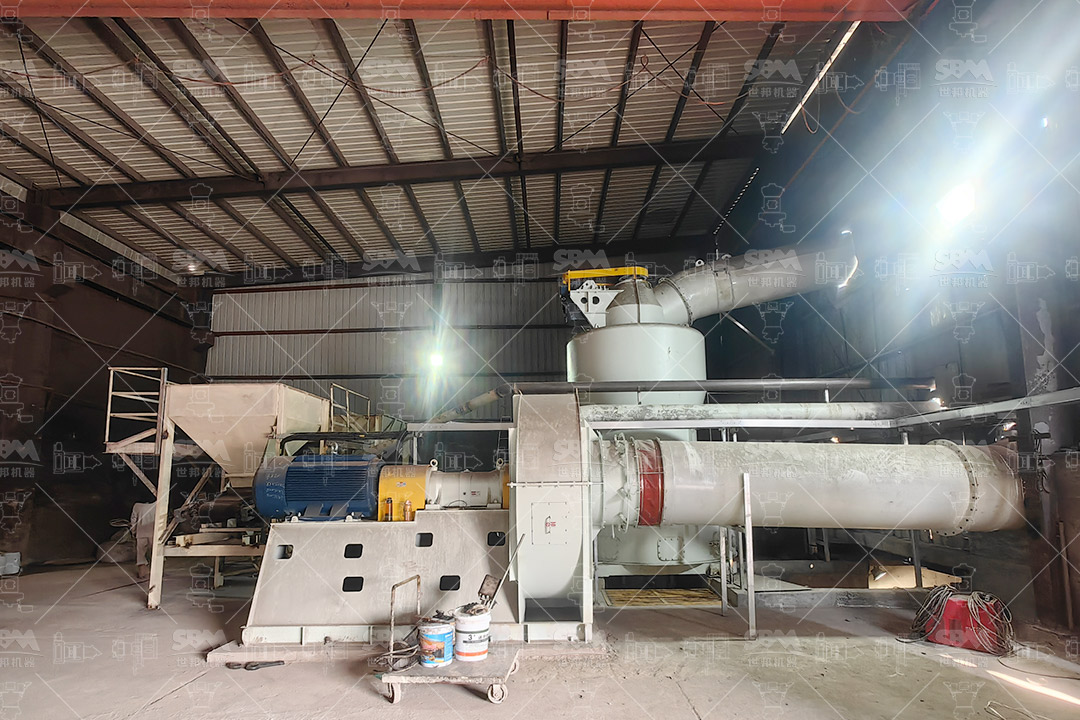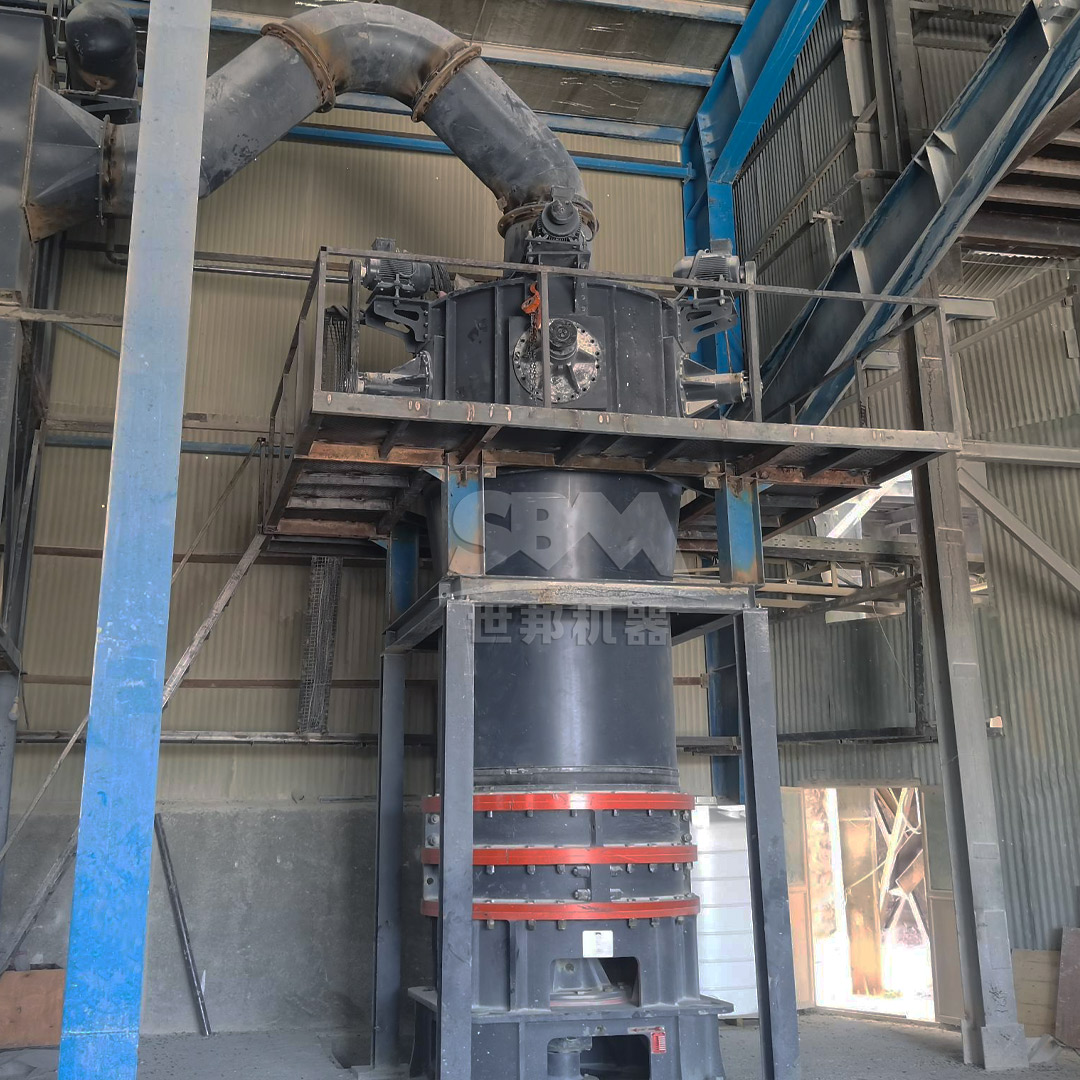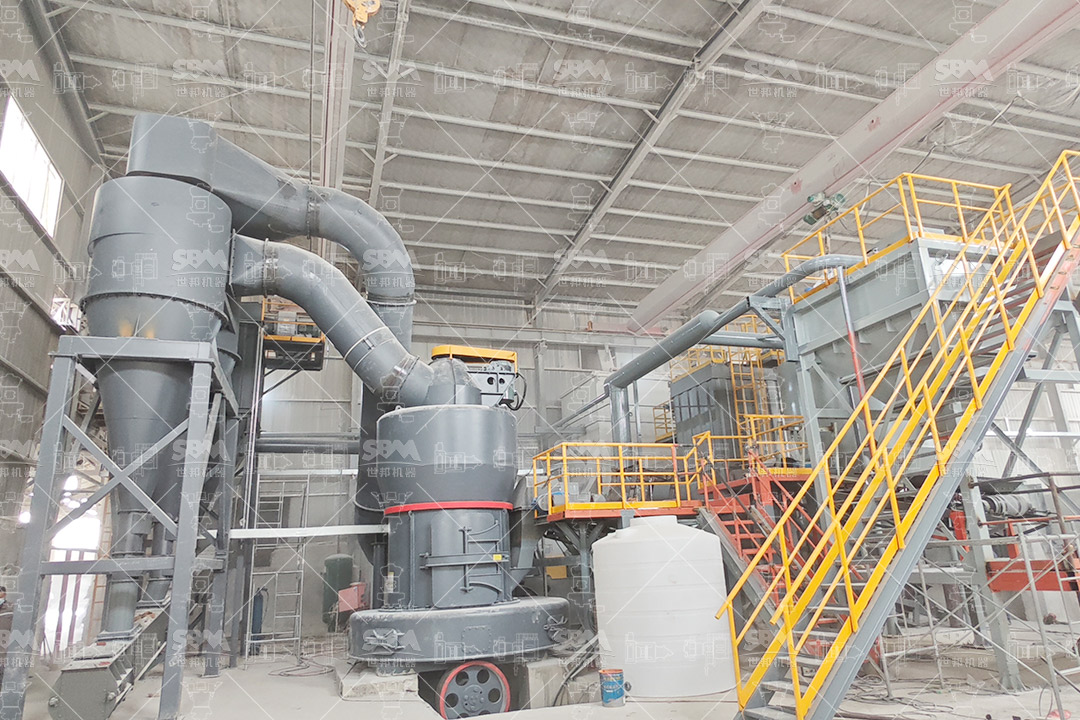Calcite, a naturally occurring form of calcium carbonate (CaCO3), is a vital additive in the food industry. It serves multiple functions: as a calcium fortifier to enhance nutritional value, a pH regulator to control acidity, a whitening agent, and an anti-caking agent. The production of food-grade calcite powder demands exceptionally high standards of purity, consistency, and hygiene. The grinding process must not introduce any contaminants and must achieve a precise, uniform particle size to ensure the additive dissolves or disperses effectively in the final food product. Selecting the right grinding mill is, therefore, not just a matter of efficiency but a critical factor in product safety and quality compliance with international standards like FDA and EFSA.
Producing calcite powder for human consumption imposes strict requirements on the milling equipment that go far beyond standard mineral processing.
The mill must be constructed using materials that are non-reactive and resistant to abrasion to prevent metallic or other contamination from worn parts. The entire grinding system must be designed for easy cleaning and sanitization to prevent microbial growth or cross-contamination between batches.
The functionality of calcite in food is highly dependent on its particle size. For instance, a finer powder is required for smooth texture in dairy alternatives or icing sugar, while a slightly coarser grind might be used in baking powders. The mill must offer precise control over the final fineness, typically ranging from 200 mesh (74μm) for general fortification to ultra-fine grinds of 2500 mesh (5μm) for specialized applications, and produce a consistent PSD with no oversized particles.
The equipment should feature a fully sealed design to operate under negative pressure, ensuring no dust escapes into the production environment. All surfaces in contact with the product should be smooth and accessible. Furthermore, the mill’s operation should generate minimal heat to avoid degrading the calcite or affecting its properties.
Several mill types are used in mineral processing, but not all are suitable for the exacting standards of food-grade production.
Traditional ball mills are robust and capable of high capacity. However, they are generally not ideal for food-grade calcite. The grinding media (balls) and liners are significant sources of metallic wear and contamination. They also lack the precision to produce tightly controlled ultra-fine distributions efficiently and are often energy-intensive.
These mills offer better efficiency and finer control than ball mills. Models like the MTW Series Trapezium Mill feature advanced designs with curved air ducts and geared transmission for smoother operation. They are excellent for producing calcite powders in the range of 30-325 mesh (600-45μm), making them a potential choice for certain food applications requiring a coarser grind. Their durability and lower maintenance costs are advantages. However, for the ultra-fine grades (below 400 mesh/38μm) increasingly demanded by the industry, their efficiency can drop, and the risk of contamination, though lower than in ball mills, still exists from grinding roller and ring wear.

Vertical Roller Mills (VRMs) like the LM Series represent a significant step up in efficiency and integration. They combine grinding, drying, classifying, and conveying into a single unit, reducing the footprint and potential points of contamination. Their principle of bed crushing between rollers and a table is energy-efficient. They are well-suited for high-capacity production of fine calcite powders. The challenge for food-grade use can be the complexity of the internal structure, which might make thorough cleaning more difficult compared to more streamlined designs.
For the production of premium, food-grade ultra-fine calcite powder, the most technologically advanced and suitable solution is the SCM Ultrafine Mill. This mill is engineered specifically to meet the challenges of high-purity, ultra-fine grinding.
The SCM Mill consistently produces powders from 325 mesh to an remarkable 2500 mesh (45-5μm). This incredible fineness is achieved through its innovative design. The material is subjected to layered grinding between rollers and rings, and the final product size is precisely controlled by an integral high-precision vertical turbine classifier. This ensures a uniform particle size distribution (D97 ≤ 5μm) with absolutely no coarse grit contamination, a critical factor for sensory properties in food.
Constructed with special wear-resistant materials for the grinding rollers and rings, the SCM Mill minimizes metallic wear. Crucially, it features an innovative bearingless screw grinding cavity, which eliminates a major potential source of grease contamination from failed bearings. The entire system is sealed and operates with a pulse dust collector that exceeds international environmental standards, ensuring a clean production process and protecting the product from external contaminants.

Beyond quality, the SCM Mill excels in performance. It boasts twice the output of traditional jet mills while reducing energy consumption by 30%. Its intelligent control system automatically monitors and adjusts operational parameters, providing real-time feedback on product fineness. This automation ensures consistent quality with minimal manual intervention and optimizes energy use.
| Model | Processing Capacity (ton/h) | Main Motor Power (kW) | Output Fineness (mesh) |
|---|---|---|---|
| SCM800 | 0.5 – 4.5 | 75 | 325 – 2500 |
| SCM900 | 0.8 – 6.5 | 90 | |
| SCM1000 | 1.0 – 8.5 | 132 | |
| SCM1250 | 2.5 – 14 | 185 | |
| SCM1680 | 5.0 – 25 | 315 |
For food-grade calcite production where the target fineness is in the coarse to medium-fine range (30-325 mesh), the MTW European Trapezium Mill presents an excellent, cost-effective alternative. Its heavy-duty design and efficient operation make it ideal for high-volume processing.
The MTW Mill is built for longevity. Its patented technology includes a conical gear overall transmission with 98% efficiency, which is more compact and reliable than traditional gearboxes. The wear-resistant shovel blade and curved air duct design further enhance its service life and reduce maintenance downtime, ensuring consistent production flow.
This mill is designed for low energy consumption and high output (3-45 TPH depending on model). It also incorporates advanced pulse dust removal technology, guaranteeing that the production process is clean and meets stringent environmental and workplace safety regulations.

The selection of a grinding mill for food-grade calcite powder is a decisive factor that impacts product quality, safety, and production economics. While traditional technologies like ball mills are largely unsuitable, and Raymond/Vertical mills serve specific niches, the SCM Ultrafine Mill stands out as the premier choice for producing the highest quality, ultra-fine calcite additives. Its unparalleled combination of precision fineness, contamination control, energy efficiency, and intelligent operation makes it the industry benchmark. For operations targeting high volumes of slightly coarser grades, the MTW European Trapezium Mill offers a robust and reliable solution. Investing in the right technology is an investment in product excellence and market leadership in the competitive food ingredients industry.